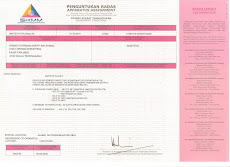Morse code is an early form of digital communication. It uses two states (on and off) composed into five symbols: dit (·), dah (–), short gap (between letters), medium gap (between words) and long gap (between sentences). Both the view as five symbols and the view as a binary code (with two states) are correct.
 Morse Code History - Morse became interested in telegraphy in 1832, and worked out the basics of a relay system in 1835. The equipment was gradually improved and was demonstrated in 1837. Morse developed "lightning wires" and "Morse code", and applied for a patent in 1840. A line was constructed between Baltimore, Maryland, and Washington, DC, and the first message, sent on May 24, 1844, was "What hath God wrought!"
Morse Code History - Morse became interested in telegraphy in 1832, and worked out the basics of a relay system in 1835. The equipment was gradually improved and was demonstrated in 1837. Morse developed "lightning wires" and "Morse code", and applied for a patent in 1840. A line was constructed between Baltimore, Maryland, and Washington, DC, and the first message, sent on May 24, 1844, was "What hath God wrought!"Morse's original code consisted of combinations of dits and dahs that represented numbers. Each number represented a word. This required looking up the number in a book to find the word it represented. A telegraph key was then used to tap out the sequence of dits, dahs, and pauses that represented the number. Although Morse invented the telegraph, he lacked technical expertise. He entered an agreement with Alfred Vail who built more practical equipment. Vail developed a system in which each letter or symbol is sent individually, using combinations of dits, dahs, and pauses. Morse and Vail agreed that Vail's method of representing individual symbols would be included in Morse's patent.








